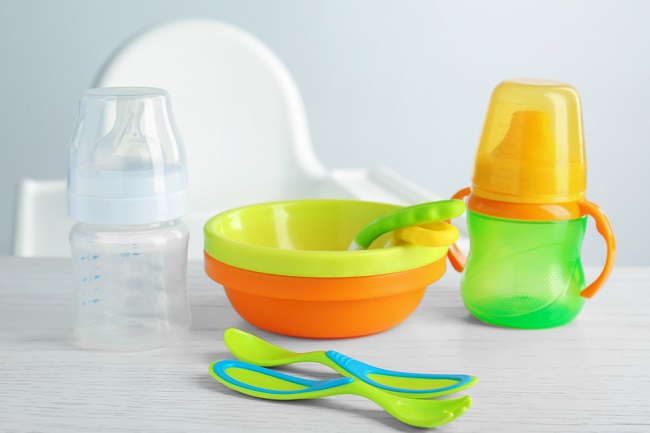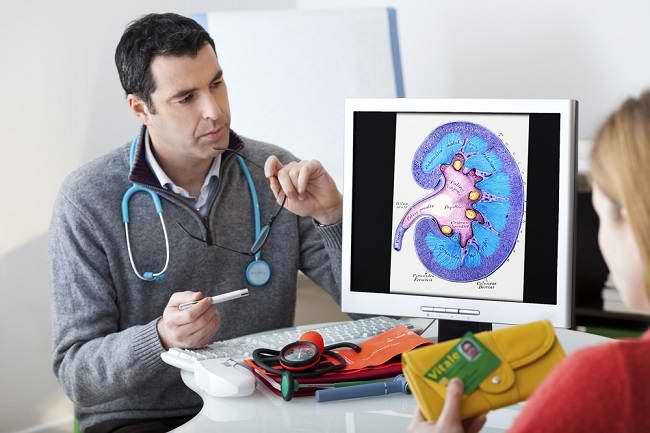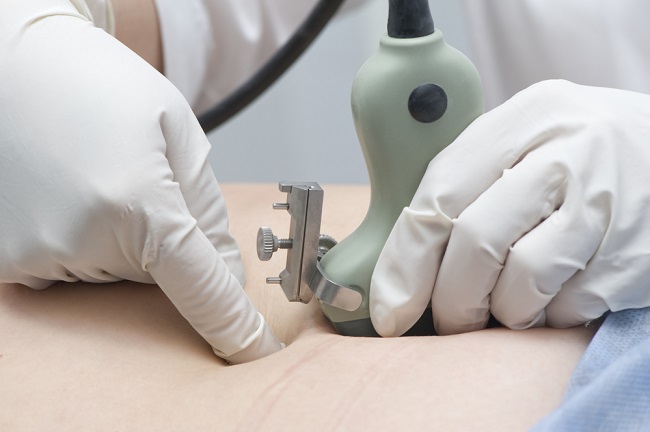How to deal with hydronephrosis or swollen kidneys needs to be adjusted to the cause, severity, and overall condition of the patient. Handling can be done in several steps, ranging from the use of drugs to surgery.
Hydronephrosis is a condition when one or both kidneys become swollen due to a buildup of urine in the urinary tract or bladder. This condition occurs because the urinary tract is blocked or closed due to certain conditions or diseases.

The treatment step or how to overcome hydronephrosis is to overcome the blockage so that urine can be excreted smoothly again as before. With smooth urine output, hydronephrosis can be resolved.
Some Causes of Hydronephrosis
Hydronephrosis can be experienced by people of all ages, even fetuses that are still in the womb.
Hydronephrosis can be asymptomatic, but some people with this condition may experience certain symptoms such as back pain, nausea and vomiting, fever, weakness, pain when urinating, feeling frequent urge to urinate, until urine flow is not smooth.
There are several conditions that can block the flow of urine and cause hydronephrosis or kidney swelling, including:
- Kidney stones
- Narrowing of the ureters (the tubes that carry urine from the kidneys to the bladder) due to injury, surgery, or birth defects
- Benign prostate enlargement
- Urinary retention
- Backflow of urine from the bladder to the kidneys (vesicoureteral reflux)
- Urinary tract infection
- Cancer or tumors around the urinary tract, such as bladder cancer, kidney cancer, prostate cancer, and ovarian cancer
- Enlarged uterus during pregnancy
- Damage to nerves in the bladder that control urination, for example in people with diabetes, brain tumors, and multiple sclerosis
- Pelvic organ prolapse or a condition in which the organs in the pelvis protrude from the vagina
Hydronephrosis that occurs in pregnant women, fetuses, or infants usually does not require treatment. In pregnant women, this condition will generally improve within a few weeks after delivery. Whereas in infants, hydronephrosis usually gets better after he is a few months old.
If caused by certain diseases, hydronephrosis often does not heal on its own and needs to be treated by a doctor. This is important so that hydronephrosis does not cause further kidney damage.
Various Ways to Overcome Hydronephrosis
There are various ways to treat hydronephosis that can be done according to the cause, namely:
Urinary catheter insertion
Urinary catheter insertion is done by inserting a special tube or catheter into the bladder through the urinary tract. This action is useful for dilating the ureter and facilitating the process of removing urine from the urinary tract and bladder.
Urinary catheter placement can be done as a way to treat hydronephrosis due to blockage in the urinary tract or bladder, for example due to kidney stones, urinary retention, or urinary tract infections.
If it cannot be inserted through the urethra or urinary tract, a urinary catheter can be inserted directly into the kidney to drain urine from the kidney directly out of the body. This procedure is known as a nephrostomy.
2. Drugs
How to treat hydronephrosis by giving drugs is generally done in cases of mild or not too severe hydronephrosis. The type of drug given will be adjusted to the cause of the hydronephrosis.
For example, if the patient's hydronephrosis is caused by a urinary tract infection, the doctor may prescribe antibiotics. Meanwhile, to treat hydronephrosis due to benign prostate enlargement, doctors can give drugs to shrink the enlarged prostate.
In addition to antibiotics, doctors can also give pain relievers or analgesics to relieve symptoms of pain due to hydronephrosis.
3. Lithotripsy
As previously mentioned, one of the causes of hydronephrosis is kidney stones that block the flow of urine. Well, lithotripsy or ESWL is a medical procedure to destroy kidney stones or urinary tract stones using shock waves.
Through lithotripsy, the crushed stone will be broken into small pieces so that it can be excreted with the urine that was previously blocked. Thus, the flow of urine will return smoothly and hydronephosis can be resolved.
4. Ureteroscopy
Ureteroscopy can also be used as a way to treat hydronephrosis due to kidney stones that block the bladder or urinary tract. Uretoroscopy is usually combined with other methods, such as lithotripsy and cystoscopy.
This procedure uses a device called a uteroscope, which is a flexible cable equipped with a camera. Uteroscope is inserted through the urinary opening, through the bladder, ureters, to the kidneys. Once the stone is found or seen through the camera, the doctor will destroy the stone with a laser or lithotripsy.
In addition to treating hydronephrosis due to urinary tract stones, the doctor may also recommend ureteroscopy to treat hydronephrosis caused by injuries, wounds, and tumors or cancers that block the urinary tract.
5.Operation
Surgical procedures can also be performed by doctors as a way to treat hydronephrosis. Surgery is performed to treat kidney swelling due to kidney stones that are too large and difficult to remove, and hydronephrosis due to an enlarged prostate.
In the case of kidney stones, surgical removal of stones can be done with the help of an endoscope. Meanwhile, in the case of an enlarged prostate, prostate surgery can be performed to remove part or all of the prostate gland that is blocking the flow of urine.
Surgical procedures may also be performed to remove scar tissue or blood clots in the urinary tract that are blocking urine flow.
6. Chemotherapy
Chemotherapy is done to treat hydronephrosis caused by tumors or cancer around the urinary tract and bladder. How to treat hydronephrosis is usually done along with other medical procedures, such as surgical removal of tumors or cancer. Chemotherapy can also be combined with radiation therapy.
Before determining the treatment method used as a way to treat hydronephrosis, the doctor needs to conduct an examination first to find out how severe the patient's hydronephrosis is and what causes it.
The examination can be in the form of a physical examination and supporting examinations consisting of urinalysis, blood tests, and radiological examinations, such as ultrasound of the urinary tract and kidneys, X-rays, and CT or MRI scans.
Hydronephrosis that is detected and treated early is less likely to cause complications and heal faster. However, if left untreated, kidney swelling can lead to complications such as permanent kidney damage or kidney failure.
Therefore, you need to immediately see a doctor if you experience symptoms of hydronephrosis, such as back pain, abdominal pain, pain when urinating, fever, and difficulty urinating. The sooner hydronephrosis is detected, the faster treatment can be done.









